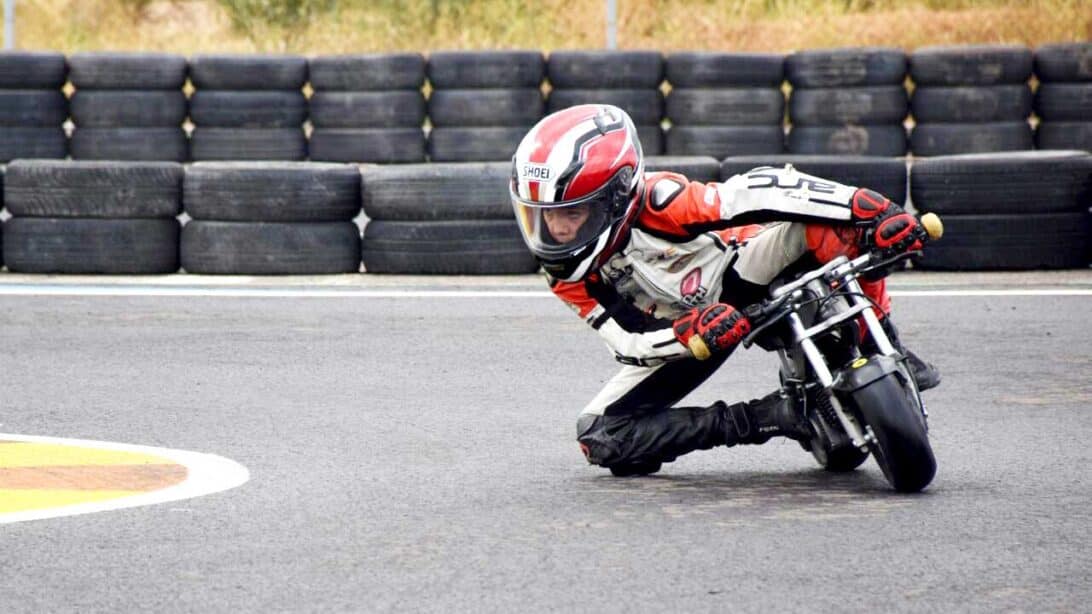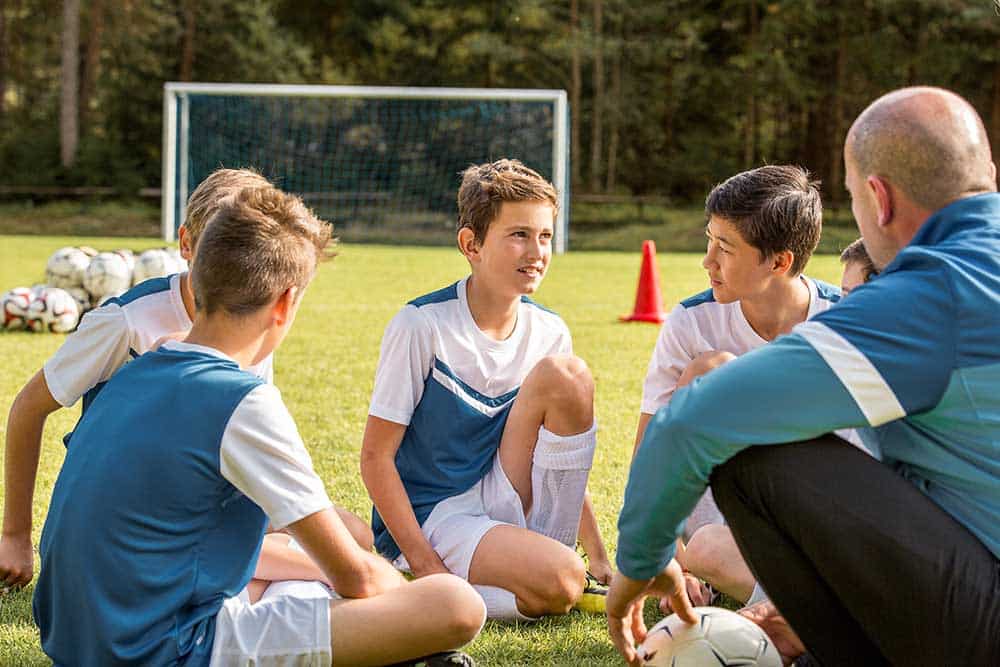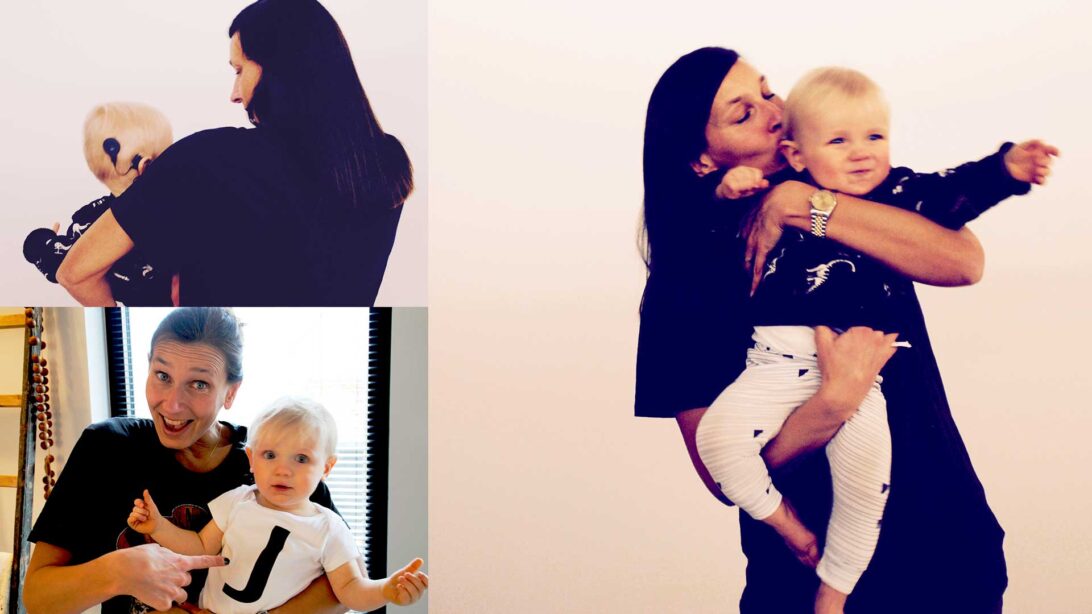


In our everyday environment we are surrounded by an endless array of sounds. For example running water, alert beeps, door bells, footsteps, washing machines whirring, coughing, and sneezing. Help your child to attend to and recognise these environmental sounds as they begin to explore their listening world.

Once your child with a hearing implant has finished school for the day, there will be a range of after-school activities that he or she can do. Playing sports, going out with friends, doing homework, reading—there are so many great options! Regardless of the activity, it can be helpful to know how to look after


It’s important to ensure your child is actively listening in your interactions together. “Sabotage” is a strategy that can be used to not only check if your child is paying attention to the interaction, but to also extend their language development.

When you have a child with hearing loss, all your focus as a parent may be on their language development and speech production. It’s important to remember that their social-emotional development is just as important! Some ways to do this include the building of trust, loving touches, think- aloud and using emotional vocabulary. The following